The project (March 2024 – June 2027) aims to scale up forest landscape restoration (FLR) across Bandarban Hill District using proven models developed under the earlier CHT-FLR project (part of USAID’s COMPASS Activity). It also seeks to develop a more productive and climate-resilient alternative to the current practice of short-rotation shifting cultivation. The project promotes inclusive, community-led restoration through Village Development Committees (VDCs) and Youth Conservation Volunteers (YCVs), and integrates gender and social inclusion (GESI) into forest management. With a target of restoring 1,000 hectares of degraded unclassed state forest (USF) lands during the project period, the project has already restored 360.69 hectares (98.439 ha degraded hill forests, 153.25 ha riparian areas, 109.05 ha jhum fields) in its first year using Assisted Natural Regeneration (ANR) and enrichment planting techniques. It also established a scientifically designed, participatory on-farm trial of alternatives to short-rotation shifting cultivation in 27 jhum fields across Rowangchari, Bandarban Sadar, and Thanchi Upazilas of the district. Additionally, seven demonstration sites have been set up using a bio-engineering model for gully erosion control at vulnerable locations. Arannayk Foundation is implementing the project in partnership with two local NGOs – Tahzingdong and BNKS.
The project is funded by UK International Development from the Foreign, Commonwealth and Development Office (FCDO) under the “Reversing Environmental Degradation in Africa and Asia (REDAA)” Program, managed by the International Institute for Environment and Development (IIED).
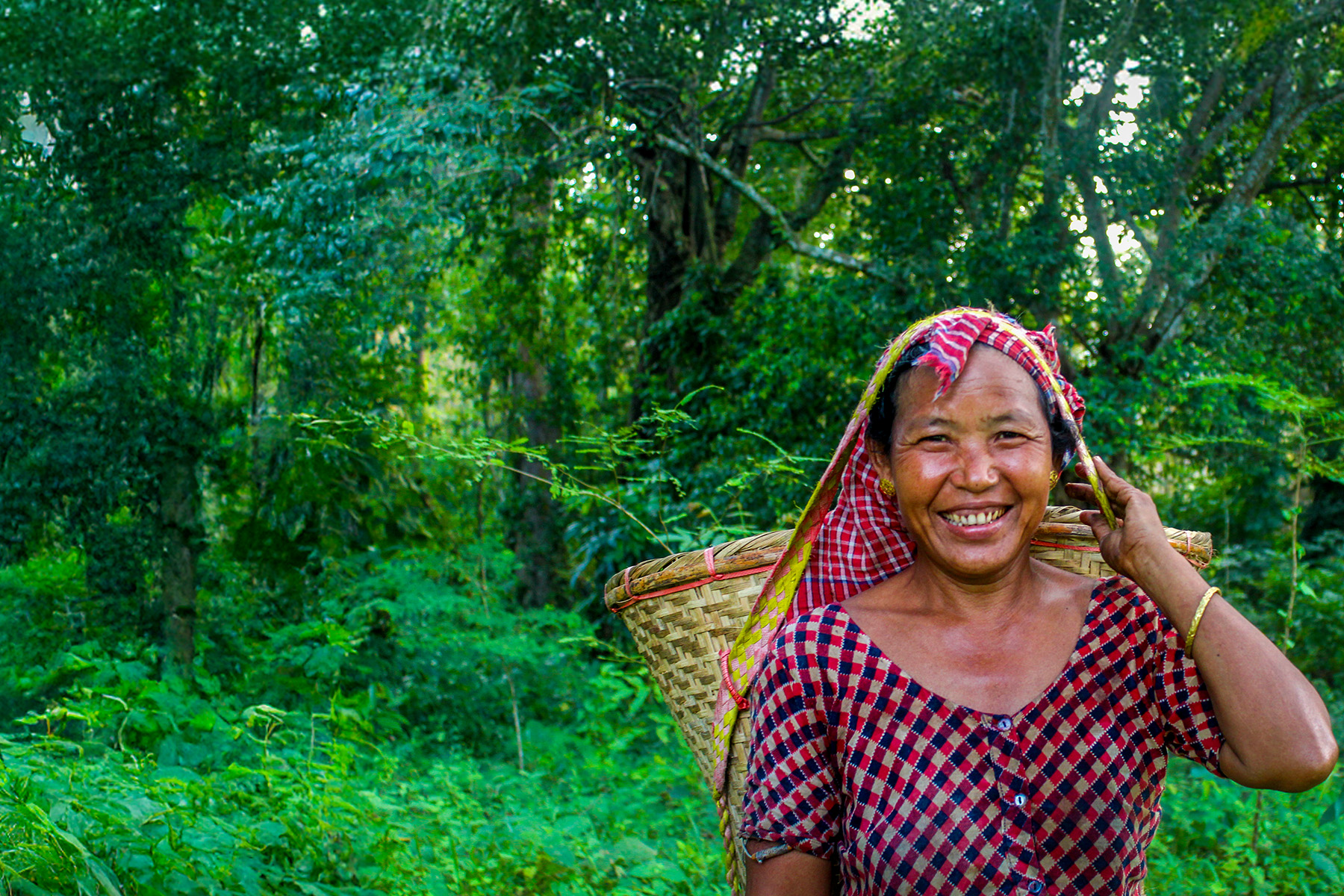 © AF/Photo library
© AF/Photo libraryThe Integrated Climate Adaptation Solutions for the Hindu Kush Himalaya Region (HI-CAS) Project is a regional initiative implemented in Bangladesh, Nepal, and Bhutan with technical support from ICIMOD.The project aims to strengthen the climate resilience of indigenous and local communities living in Bandarban Sadar and Matiranga Upazila of the Chittagong Hill Tracts through a combination of ecosystem... Read more
Location: Bandarban, Khagrachari © AF photo library
© AF photo libraryThis project is a critical transboundary conservation initiative to be implemented jointly by Arannayk Foundation in Bangladesh and Aaranyak in India. The project seeks to ensure the long-term survival of endangered big cats and restore ecological balance across their shared habitats in the Kasalong Reserve Forest and Sangu–Matamuhuri Reserve Forest in Bangladesh, and the Dampa Tiger Reserve in India. ... Read more
Location: Bandarban, Rangamati, Mizoram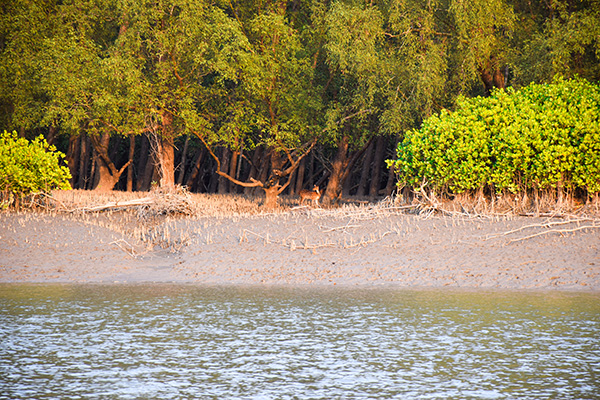 © AF/Arifur Rahman
© AF/Arifur RahmanArannayk Foundation has undertaken a project titled “Monitoring Crime-prone Hotspots for Tiger and Deer Poaching in the Sundarbans through Camera Trapping”. This initiative is funded by the Bangladesh Forest Department under Sundarbans Tiger Conservation Project.With the aims of generating evidence-based conservation actions, the project findings will strengthen wildlife conservation and law enforcement str... Read more
Location: Bagerhat, Khulna, Satkhira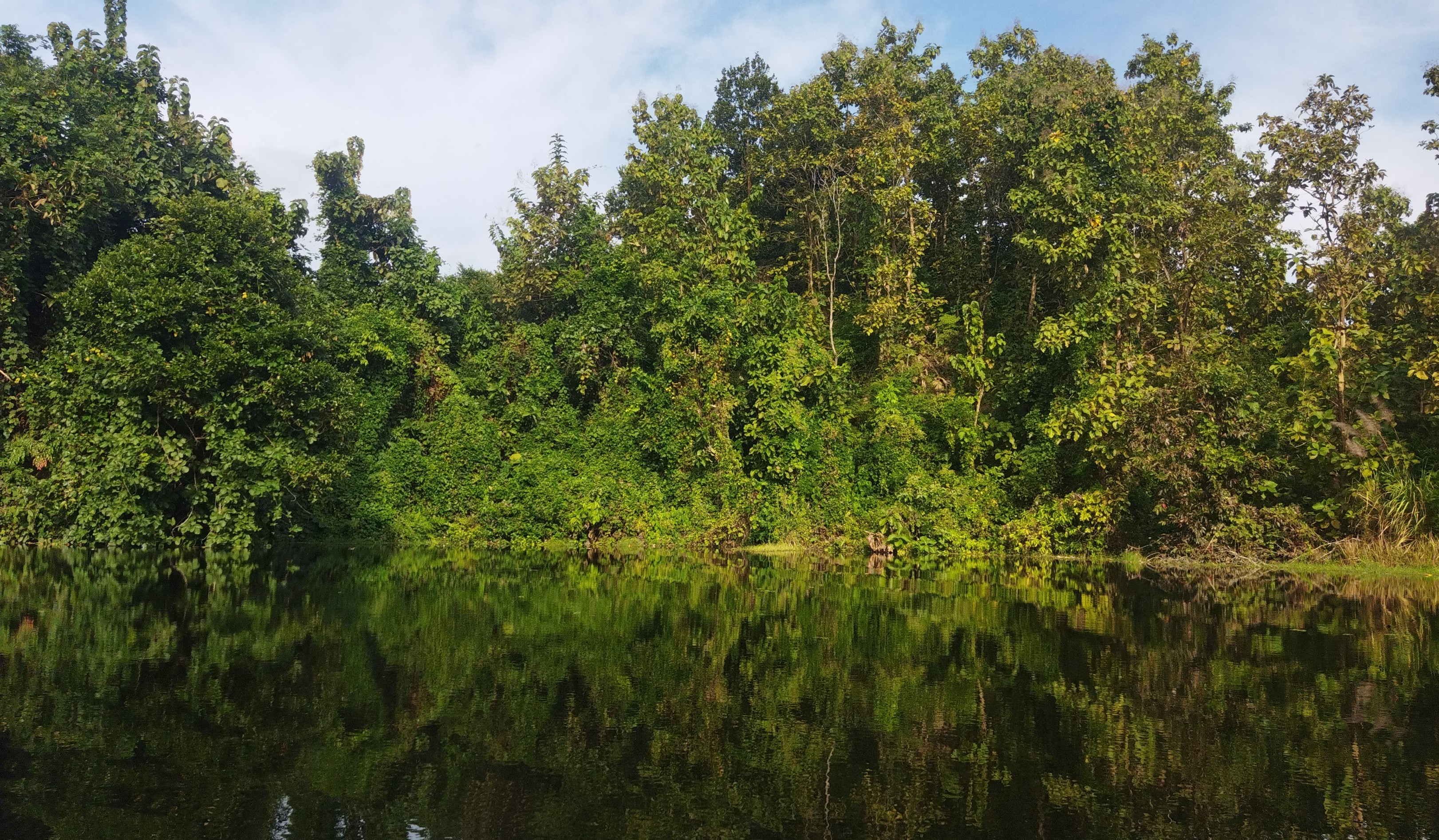
Arannayk Foundation, in collaboration with EQMS, is developing master plans for five ecoparks: Banshkhali Ecopark (Chattogram), Botanical Garden and Ecopark (Sitakunda), Borshijora Ecopark (Moulvibazar), Rajeshpur Ecopark (Cumilla), and Tilagar Ecopark (Sylhet).The work involves floral and faunal surveys, digital topographic mapping, needs assessments of visitors and local communities, stakeholder consultat... Read more
Location: Moulvibazar, Chattogram, Comilla, Sylhet © AF/Md. Emranul Islam
© AF/Md. Emranul IslamThe project aims to restore tree cover along the embankments of 10 Acre, 11 Acre, and 48 Acre shrimp estates in Chakaria, Cox’s Bazar—an area once part of the Chakaria Sundarban. Once deforested for aquaculture, this landscape is now the focus of a plantation and conservation initiative led by Arannayk Foundation.Read how mangroves in Chakaria are returningExplore the tools and techniques of growing mangrov... Read more
Location: Cox's BazarThis national initiative aims to enhance the Bangladesh Forest Department’s (BFD) capacity to prevent, detect, and respond to wildlife crime across the country. Arannayk Foundation, with support from the United States Forest Service (USFS), is facilitating a comprehensive institutional strengthening process.Key interventions include the formation of a ten-member Curriculum Review Committee (CRC), a gap anal... Read more
Location: All Over Bangladesh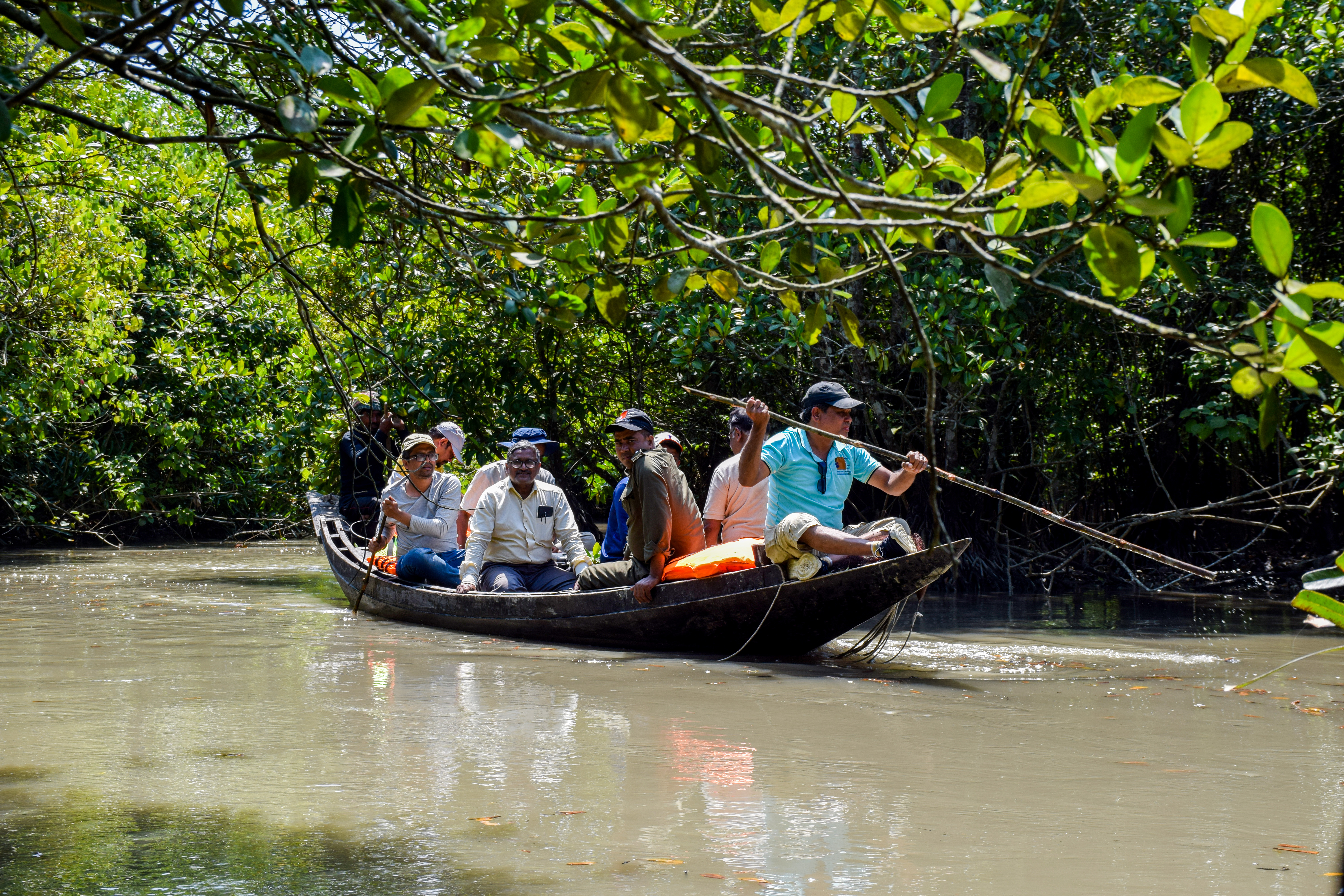 © AF/Arifur Rahman
© AF/Arifur RahmanArannayk Foundation, in collaboration with the Center for Environmental and Geographic Information Services (CEGIS), is supporting the development of an updated Integrated Resource Management Plan (IRMP) for the Sundarbans Reserve Forest (SRF) for the period 2025–2035.The plan will reflect the current status of forest resources and set out a 10-year framework for biodiversity conservation and sustainable re... Read more
Location: Bagerhat, Khulna, Satkhira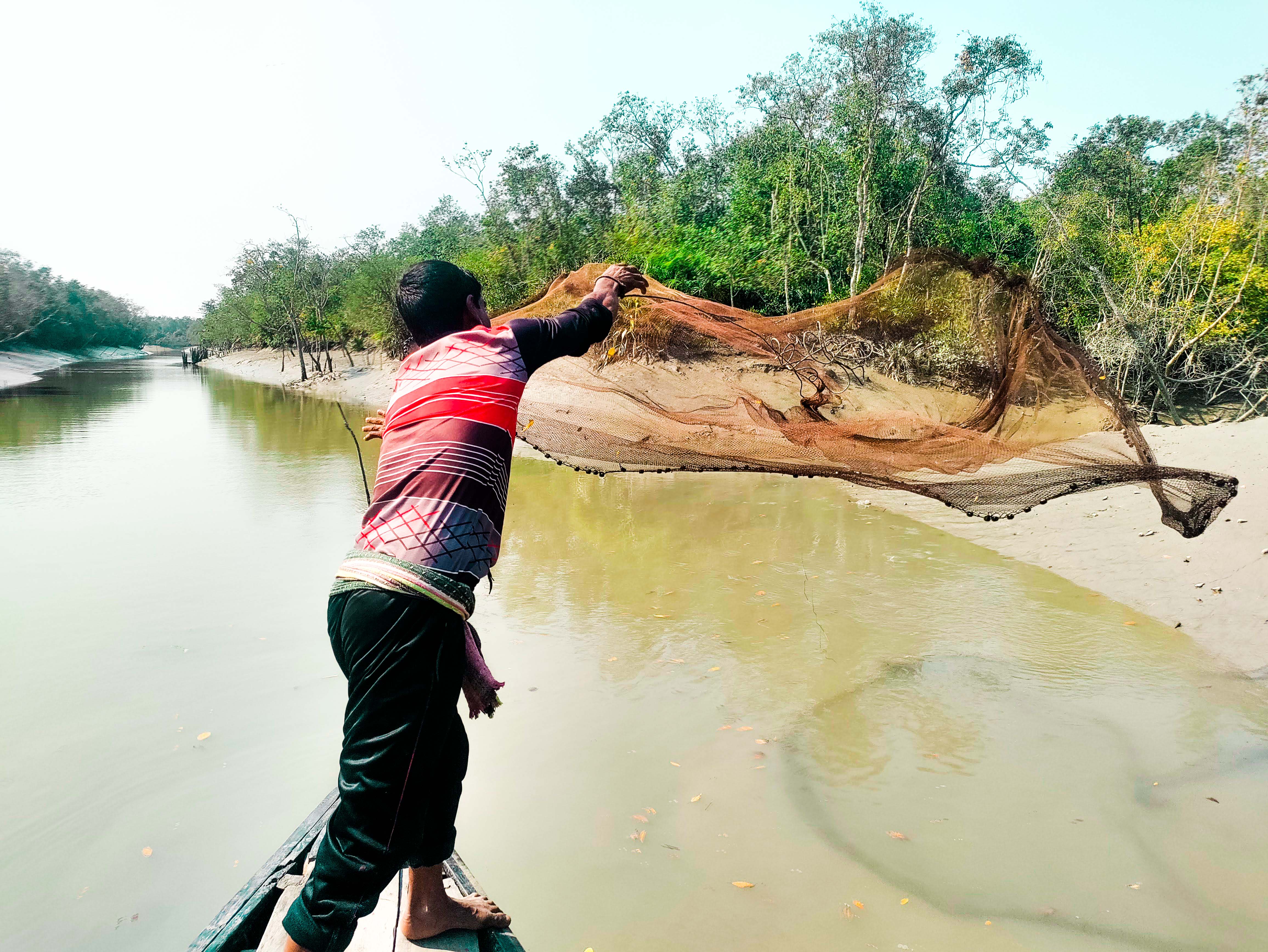 © AF/Arifur Rahman
© AF/Arifur RahmanArannayk Foundation, in collaboration with the Center for Natural Resources Studies (CNRS), is conducting a comprehensive assessment of the aquatic resources of the Sundarbans, funded by the Bangladesh Forest Department. The study aims to support the conservation and sustainable use of coastal biodiversity and ecosystem services by informing future aquatic resource management strategies.The assessment focus... Read more
Location: Bagerhat, Khulna, Satkhira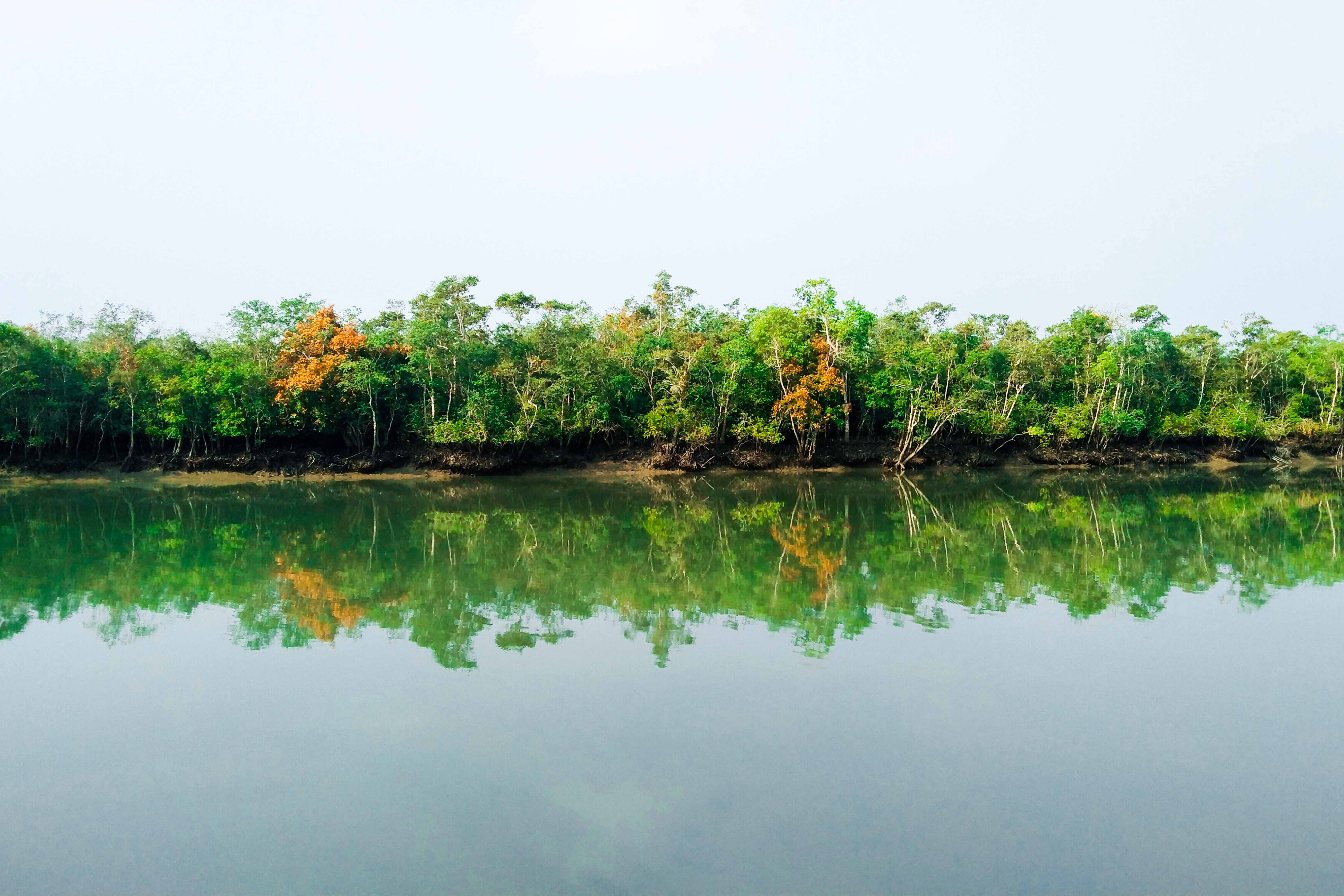 © AF/Md. Sahidul Islam
© AF/Md. Sahidul IslamThe project Under the Protection of Sundarban Mangrove Forests Project (PSMFP) supports long-term ecological monitoring of the Sundarbans to inform sustainable management of the world’s largest mangrove forest. Jointly implemented by CEGIS and Arannayk Foundation, the study focuses on assessing the health of the Sundarbans ecosystem through physical, chemical, and biological indicators. As part of its role,... Read more
Location: Satkhira, Bagerhat, Khulna



Be a part of our mission. Support communities, protect nature, and build a greener, fairer Bangladesh for today and tomorrow.
See Our Vacancies
Lend your time and skills to protect forests, empower communities, and make a real difference for people and the planet.
Join Us © AF/Arifur Rahman
© AF/Arifur Rahman
Partner with us in transparency and trust. Supply goods and services that support conservation, community development, and sustainable impact.
See AdvertisementTogether we are part of a growing, global movement determined to bring about the changes our planet desperately needs.